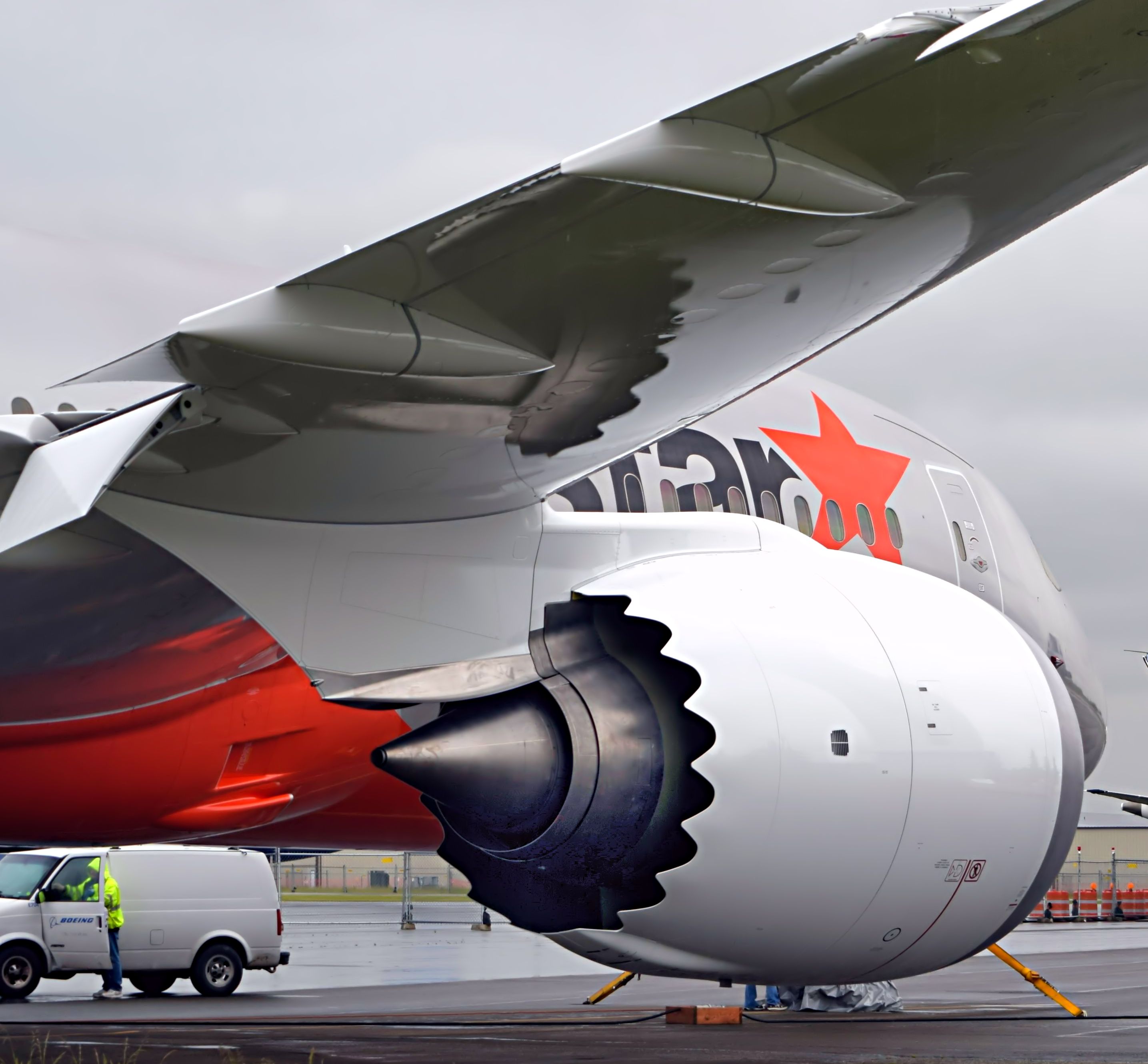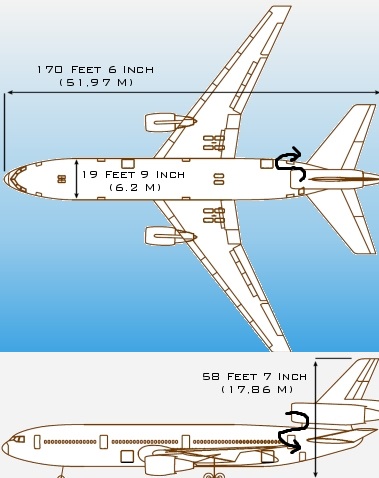This question refers to large passenger jet aircraft only, which I define as being able to carry at least 100 people.
There have been many 2-, 3-, and 4-engined planes in this category. Some of the twinjets have both engines on the wings. Other twinjets have them both at the tail. Some trijets have all engines at the tail, and other trijets have 2 on the wings and 1 at the tail.
But most quadjets (again, only 100+ passenger jet airplanes) put all of them on the wings. Why not put 2 on the wings and 2 at the tail?
Such a configuration would save weight on the wings, because the wings wouldn't need to be so strong to support 2 outboard engines far away from the fuselage. If twinjets can be configured with both engines at the tail, then I see no reason why a quadjet cannot.
In fact, I know of one old quadjet that put all engines at the tail---the Ilyushin Il-62. So I do not think balancing the center of mass and center of pressure is a problem. Some trijets put all engines at the tail, whereas what I'm talking about would only put 2 engines at the tail (and 2 on the wings).
So is this a good idea? Why not do it this way?
EDIT: It was pointed out that exhaust from the wing engines would interfere with the rear engines. If so, then can't we borrow the trijet design for the intake? A large intake at the vertical stabilizer splits in half and feeds both rear engines.




